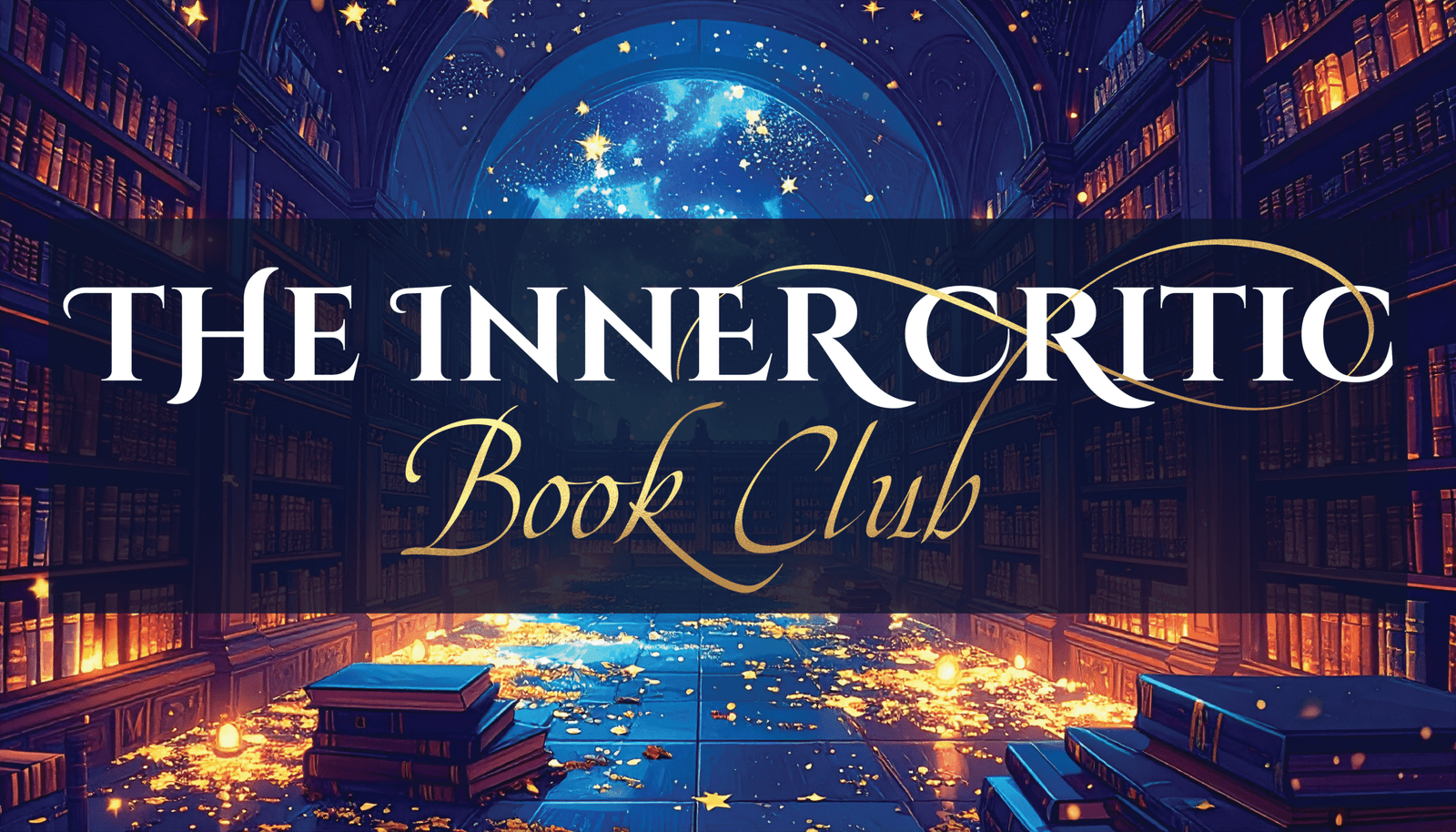
Mirror Mirror On My Therapist Wall: Abigail and Amelia
Share the Post: Mental Health Lessons from Abigail and Amelia: The Unsung Sisters of Self-Worth in The Aristocats When people

In the chaos of dragons, danger, and emerging romance, one of the most emotionally resonant relationships in Fourth Wing is not between lovers—but between friends. Violet’s bond with Liam is profoundly platonic, yet deeply transformative. In a genre where romantic tension often takes center stage, their friendship quietly reminds us of another kind of love—one built on trust, loyalty, and the shared weight of survival.
From the moment Liam is introduced—as Xaden’s foster brother assigned to protect Violet—there’s something quietly comforting in the way he shows up for her. He’s steadfast. He listens. He reminds her what safety feels like in a world designed to test her every second. Violet, in turn, gives him space to be seen—not as the “marked one” he comes from, but as a friend worth protecting.
In the midst of war games and training trials, Violet isn’t just surviving; she’s changing—and part of that change grows from Liam’s fierce loyalty. He becomes one of the things she learns to truly fight for.
When Liam dies, it’s not merely another casualty in a fantasy world—it’s an emotional rupture for Violet and readers alike. His death isn’t cinematic; it’s a quiet heartbreak. Through grief, we watch Violet evolve. She becomes sharper, fiercely protective of those she loves, and more aware of her capacity to feel deeply—even when it hurts. Liam’s loss becomes part of her becoming.
Violet’s relationship with Liam is not flashy love—it’s grounding. He is an anchor when her world tilts. That kind of connection isn’t often celebrated in romance, yet it’s one of the most powerful gifts: someone who stands beside you, unshakably, through fear and adjusting wings.
Their bond shows that true strength lies not in romantic intensity but in trust, loyalty, and unwavering care.
Liam’s death isn’t just the loss of a comrade—it’s the collapse of an anchor. In therapeutic terms, grief isn’t just about missing someone; it’s about adjusting to life without the role they played in our emotional stability.
Violet’s grief shows up in ways that feel authentic: moments of numbness, flashes of anger, the deep ache of remembering. She carries pieces of Liam forward—not as a way of avoiding loss, but as a way of honoring it. This mirrors healthy grief processing: integrating the bond into our ongoing life rather than trying to erase it.
There’s also something vital in the way the narrative allows Violet to keep loving after loss—her loyalty to Liam doesn’t diminish her capacity to form new connections. In therapy, this is often a sign of resilience: grief that coexists with openness to life.
In attachment theory, healthy bonds create a “secure base” from which we can face challenges. For Violet, Liam becomes exactly that—a presence she can trust without question. He doesn’t demand from her; he simply shows up. His quiet loyalty signals to her nervous system, You’re not alone. You can rest here.
For someone like Violet, who lives in an environment of constant vigilance and threat, Liam’s steadiness is more than friendship—it’s regulation. That’s what secure attachment does: it allows us to take emotional risks, push beyond our comfort zones, and recover more quickly from stress. Liam’s presence lets Violet access courage without feeling reckless, because she knows she has someone watching her back.
Liam models regulation in a high-stakes environment. While others react explosively or with fear, he approaches danger with a grounded calm. This kind of presence can be contagious—it helps co-regulate the people around us.
For Violet, that means having someone whose emotional tone helps her stabilize when anxiety or fear spikes. Even after his death, recalling Liam’s steadiness can be a tool for her—like an internalized voice saying, Breathe. Focus. You’ve got this.
In real life, this is the essence of emotional regulation: not suppressing feelings, but having tools and anchors—whether people, memories, or practices—that help bring us back to a place of stability.
Violet and Liam’s relationship isn’t flashy, but it’s foundational. It’s a reminder that in both fiction and life, we need more than romance—we need the people who anchor us, who make us braver simply by being steady, who leave echoes of safety even after they’re gone.
In that sense, Liam never really leaves Violet. And maybe that’s the point: the ones who steady us become part of the way we hold ourselves together.

Share the Post: Mental Health Lessons from Abigail and Amelia: The Unsung Sisters of Self-Worth in The Aristocats When people

Share the Post: Captain Hook: The Mental Health Icon We Never Expected Let’s be honest: Captain Hook has always been